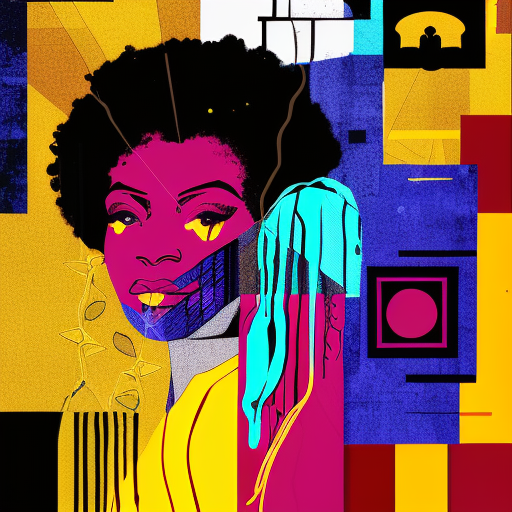One-line Summary:
“The Other Black Girl” is a gripping thriller that explores themes of race, identity, and workplace discrimination through the experiences of Nella Rogers, a young Black woman working in the predominantly white publishing industry.
The Publishing Industry’s Lack of Diversity:
Nella Rogers, an editorial assistant at Wagner Books, is tired of being the only Black employee in the office. She longs for a sense of belonging and hopes for more diversity in the publishing industry. Nella’s wish seems to come true when Hazel-May McCall, another Black woman, joins the company. Initially, Nella is excited to have someone who understands her experiences, but as their friendship develops, she realizes that Hazel is not who she seems to be.
As Nella and Hazel become closer, strange occurrences begin to unfold. Nella receives anonymous notes with threatening messages, and her work is sabotaged. She becomes increasingly paranoid and suspects that Hazel may be behind the harassment. However, as Nella investigates, she uncovers a web of secrets and a history of racism within the publishing industry that goes far beyond her suspicions about Hazel.
The Dark Side of Ambition:
“The Other Black Girl” delves into the theme of ambition and the lengths people will go to achieve success. Nella, driven by her desire to move up in the publishing world, is initially drawn to Hazel’s confidence and assertiveness. However, as she uncovers Hazel’s true intentions, Nella realizes that her own ambition may blind her to the manipulative and ruthless actions of others.
The book also explores the pressure faced by Black employees in predominantly white workplaces. Nella feels the weight of representing her entire race and fears that any misstep could jeopardize her career. This pressure is further exacerbated by the lack of representation and support from her colleagues and superiors.
The Intersection of Race and Identity:
Through Nella’s experiences, “The Other Black Girl” highlights the complexities of racial identity. Nella struggles with code-switching, feeling the need to conform to white cultural norms in order to fit in at work. She grapples with the question of whether she should embrace her Blackness and challenge the status quo or continue to assimilate for the sake of her career.
The book also explores the concept of “the other” within the Black community. Nella and Hazel come from different backgrounds, and their experiences of race and identity differ. This divide raises questions about solidarity and the ways in which racism can be perpetuated within marginalized communities.
Key Takeaways:
- The publishing industry, like many other industries, lacks diversity and often fails to provide a supportive environment for Black employees.
- Ambition can blind individuals to the true intentions of others, leading to manipulation and betrayal.
- Racial identity is complex, and individuals may face pressure to conform to white cultural norms in order to succeed in predominantly white workplaces.
- Unity within marginalized communities is crucial, but it is important to recognize and address the internal divisions and prejudices that can exist.
“The Other Black Girl” sheds light on the challenges faced by Black individuals in predominantly white workplaces, exploring themes of identity, ambition, and the need for representation and solidarity.
In conclusion, “The Other Black Girl” is a thought-provoking and suspenseful novel that tackles important issues of race, identity, and workplace discrimination. Zakiya Dalila Harris skillfully weaves together a gripping thriller with social commentary, providing readers with a compelling exploration of the publishing industry’s lack of diversity and the complexities of racial identity.












